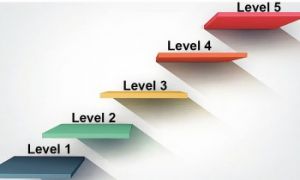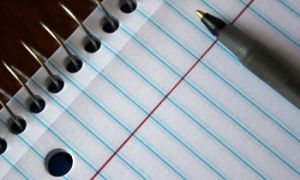Linking Educational Theories To The EYLF
EYLF Outcome 1: Children Have a Strong Sense of Identity
-
Jean Piaget: Emphasizes the importance of children's active exploration and understanding of themselves through play and interaction.
-
Erik Erikson: Focuses on the development of a strong sense of identity through resolving psychosocial crises at each stage of development.
EYLF Outcome 2: Children Are Connected with and Contribute to Their World
-
Lev Vygotsky: Highlights the role of social interactions and cultural tools in children's learning and development.
-
Jean-Jacques Rousseau: Advocates for children's connection to nature and their environment as a means of developing character and moral sense.
EYLF Outcome 3: Children Have a Strong Sense of Well-being
-
Friedrich Froebel: Emphasizes the importance of free self-expression, creativity, and motor expression in promoting children's well-being.
-
Maria Montessori: Focuses on creating a prepared environment that supports children's independence and self-regulation.
EYLF Outcome 4: Children Are Confident and Involved Learners
-
Maria Montessori: Encourages independence, observation, and following the child's interests to foster confident and involved learning.
-
John Dewey: Promotes experiential learning and problem-solving through hands-on activities and real-world experiences.
EYLF Outcome 5: Children Are Effective Communicators
-
Lev Vygotsky: Emphasizes the importance of language and social interactions in children's cognitive development and communication skills.
-
Friedrich Froebel: Focuses on the use of play and creative expression as means of communication and learning.
By integrating these theories into the EYLF, educators can create a rich and supportive learning environment that addresses the diverse needs and strengths of each child. This approach helps children develop a strong sense of identity, connect with their world, maintain well-being, become confident learners, and communicate effectively.
Examples Of Linking Educational Theories To The EYLF
Jean Piaget: Cognitive Development Theory
Activity: Sorting and Classifying
-
Developmental Milestone: Logical thinking and problem-solving
-
EYLF Outcome 4: Children are confident and involved learners
-
Theoretical Link: Piaget emphasized the importance of children categorizing objects and understanding relationships between them.
-
Activity Example: Provide a variety of objects (e.g., buttons, blocks, natural materials) for children to sort and classify by different attributes such as color, shape, or size. Encourage them to explain their sorting criteria.
Lev Vygotsky: Social Development Theory
Activity: Collaborative Storytelling
-
Developmental Milestone: Language development and social interaction
-
EYLF Outcome 5: Children are effective communicators
-
Theoretical Link: Vygotsky stressed the significance of social interactions and language in cognitive development.
-
Activity Example: Create a group storytelling session where children take turns adding to a story. Provide props and visual aids to stimulate ideas and encourage dialogue. Support children by asking open-ended questions to extend their thinking.
Erik Erikson: Psychosocial Development Theory
Activity: Role-Playing
-
Developmental Milestone: Emotional regulation and social skills
-
EYLF Outcome 1: Children have a strong sense of identity
-
Theoretical Link: Erikson’s stage of initiative vs. guilt emphasizes the importance of taking initiative and developing a sense of purpose.
-
Activity Example: Set up a dramatic play area with costumes and props related to various professions. Encourage children to role-play different scenarios, allowing them to explore their interests and develop social skills.
Maria Montessori: Montessori Method
Activity: Practical Life Activities
-
Developmental Milestone: Independence and fine motor skills
-
EYLF Outcome 3: Children have a strong sense of well-being
-
Theoretical Link: Montessori’s method focuses on fostering independence through practical life activities.
-
Activity Example: Provide materials for activities such as pouring, spooning, and buttoning. Create a prepared environment where children can independently choose and engage in these tasks, promoting self-confidence and fine motor development.
Howard Gardner: Multiple Intelligences Theory
Activity: Music and Movement
-
Developmental Milestone: Musical and kinesthetic development
-
EYLF Outcome 4: Children are confident and involved learners
-
Theoretical Link: Gardner’s theory recognizes that children have different types of intelligences, including musical and bodily-kinesthetic.
-
Activity Example: Organize a music and movement session where children can dance, play instruments, and explore rhythms. Provide opportunities for children to express themselves through both music and physical activity.
John Dewey: Experiential Learning
Activity: Gardening Project
-
Developmental Milestone: Understanding of natural processes and scientific inquiry
-
EYLF Outcome 2: Children are connected with and contribute to their world
-
Theoretical Link: Dewey’s principle of learning through experience emphasizes the importance of hands-on, real-world activities.
-
Activity Example: Start a small garden where children can plant seeds, water plants, and observe their growth. Discuss the life cycle of plants and encourage children to document their observations through drawings or journaling.
Loris Malaguzzi: Reggio Emilia Approach
Activity: Art Exploration
-
Developmental Milestone: Creative expression and collaborative work
-
EYLF Outcome 5: Children are effective communicators
-
Theoretical Link: Malaguzzi’s “Hundred Languages of Children” concept emphasizes the various ways children can express their ideas and emotions.
-
Activity Example: Set up an art station with diverse materials such as paints, clay, and recycled items. Encourage children to work on individual and collaborative art projects, expressing their ideas and feelings through different media.
Practical Implementation
-
Observation:
-
Observe children’s interactions, choices, and expressions during activities. Note how they align with developmental milestones and theoretical principles.
-
-
Documentation:
-
Document children’s progress through photographs, work samples, and observation notes. Link these observations to specific theories and EYLF outcomes.
-
-
Reflection:
-
Reflect on the effectiveness of activities in meeting developmental milestones. Adjust future planning based on individual needs and theoretical insights.
-
-
Planning:
-
Use observations and reflections to plan activities that build on children’s interests and developmental progress. Integrate insights from educational theories to enhance learning experiences.
-
By linking educational theories to the EYLF, you can create rich and supportive learning experiences that promote holistic development in children.
Further Reading
Child Theorists and Their Theories in Practice
Kenneth Rubin - Theories Of Play
John Dewey's Theory
Erik Erikson - Psychosocial Development
Incorporating Theorists Into Early Childhood Documentation
Howard Gardner - Multiple Intelligence
Child Theorists Posters
Kenneth Rubin - Theories Of Play
Jean Piaget - Cognitive Development
Piaget's Symbolic Play





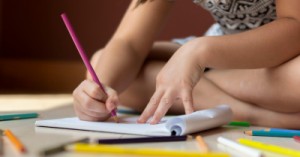

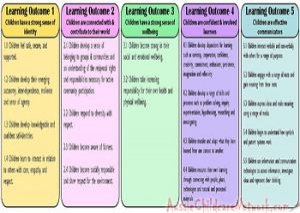 Here is the list of the EYLF Learning Outcomes that you can use as a guide or reference for your documentation and planning. The EYLF
Here is the list of the EYLF Learning Outcomes that you can use as a guide or reference for your documentation and planning. The EYLF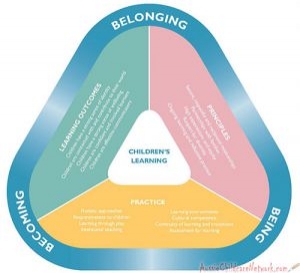 The EYLF is a guide which consists of Principles, Practices and 5 main Learning Outcomes along with each of their sub outcomes, based on identity,
The EYLF is a guide which consists of Principles, Practices and 5 main Learning Outcomes along with each of their sub outcomes, based on identity,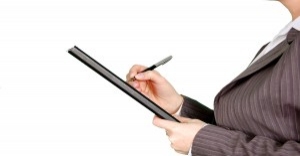 This is a guide on How to Write a Learning Story. It provides information on What Is A Learning Story, Writing A Learning Story, Sample
This is a guide on How to Write a Learning Story. It provides information on What Is A Learning Story, Writing A Learning Story, Sample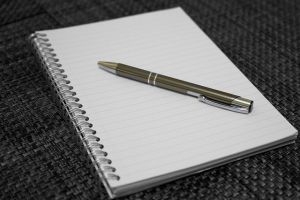 One of the most important types of documentation methods that educators needs to be familiar with are “observations”. Observations are crucial for all early childhood
One of the most important types of documentation methods that educators needs to be familiar with are “observations”. Observations are crucial for all early childhood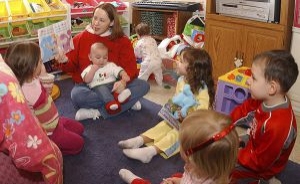 To support children achieve learning outcomes from the EYLF Framework, the following list gives educators examples of how to promote children's learning in each individual
To support children achieve learning outcomes from the EYLF Framework, the following list gives educators examples of how to promote children's learning in each individual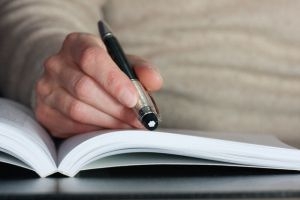 Reflective practice is learning from everyday situations and issues and concerns that arise which form part of our daily routine while working in an early
Reflective practice is learning from everyday situations and issues and concerns that arise which form part of our daily routine while working in an early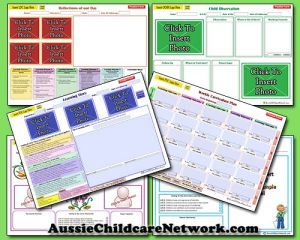 Within Australia, Programming and Planning is reflected and supported by the Early Years Learning Framework. Educators within early childhood settings, use the EYLF to guide
Within Australia, Programming and Planning is reflected and supported by the Early Years Learning Framework. Educators within early childhood settings, use the EYLF to guide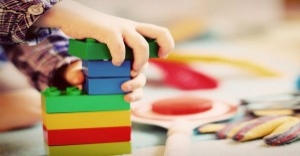 When observing children, it's important that we use a range of different observation methods from running records, learning stories to photographs and work samples. Using
When observing children, it's important that we use a range of different observation methods from running records, learning stories to photographs and work samples. Using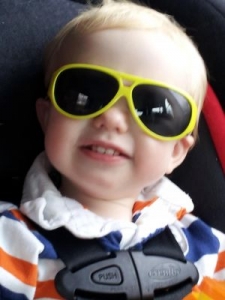 This is a guide for educators on what to observe under each sub learning outcome from the EYLF Framework, when a child is engaged in
This is a guide for educators on what to observe under each sub learning outcome from the EYLF Framework, when a child is engaged in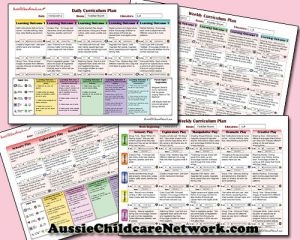 The Early Years Learning Framework describes the curriculum as “all the interactions, experiences, activities, routines and events, planned and unplanned, that occur in an environment
The Early Years Learning Framework describes the curriculum as “all the interactions, experiences, activities, routines and events, planned and unplanned, that occur in an environment